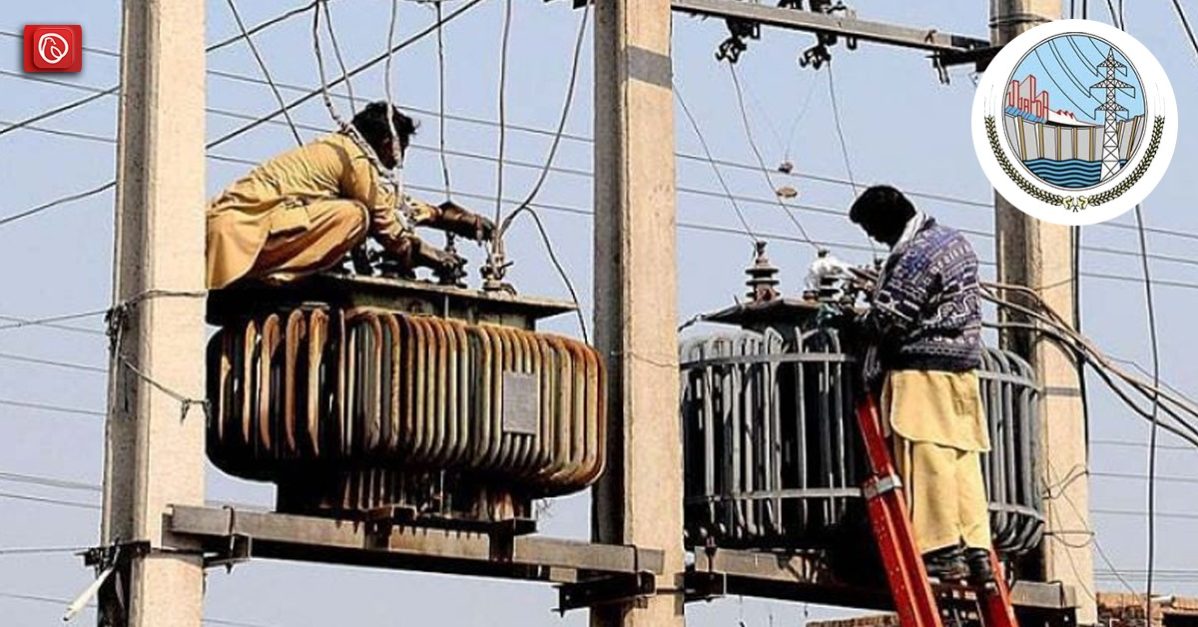Pakistan’s Water and Power Development Authority (WAPDA) emerged in 1958 through an act of parliament, consolidating infrastructure management previously dispersed across provincial agencies. Notable leaders like Ghulam Ishaq Khan, Ghulam Faruque Khan, and Aftab Ghulam Nabi Kazi (who later served as President, Minister, and Economic Adviser, respectively) steered the organization. In October 2007, thermal power management was separated into a new entity, the Pakistan Electric Power Company (PEPCO).
It is responsible for the generation, transmission, and distribution of electricity, as well as the development and management of hydroelectric power plants, irrigation systems, and dam projects. In this blog, Graana.com outlines the history, functions, and achievements of WAPDA, and examines the current challenges and future prospects of the organisation.
History of WAPDA
The Water and Power Development Authority Act of 1958 led to the creation of WAPDA. The company was established to deal with Pakistan’s urgent need for the management and development of its water and energy resources. Its initial mandate included the creation of hydropower plants, irrigation networks, and dam projects. The company was also in charge of the nation’s electricity generation, transmission, and distribution.
It has played an important role in the economic development of Pakistan over the years. The organisation was in charge of the development of several large-scale hydroelectric power plants, along with the Tarbela Dam, the world’s largest earth-filled dam. It is also in charge of the construction of several other significant dam in Pakistan, including the Mangla Dam, the Chashma Barrage, and the Warsak Dam.
Role of WAPDA Pakistan
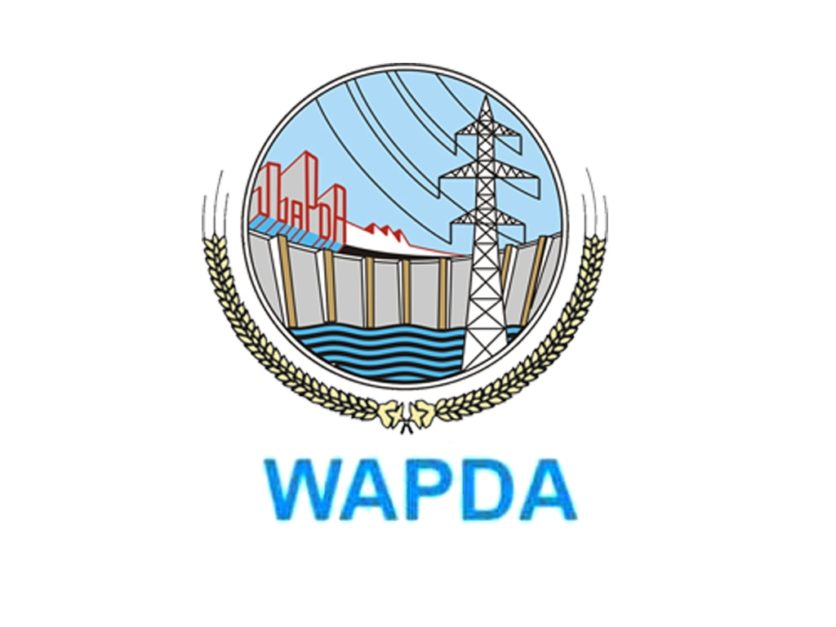
The organisation is responsible for the following functions:
Generation of Electricity
It is responsible for the generation of electricity through hydroelectric power plants, thermal power plants, and other renewable energy sources.
Transmission and Distribution of Electricity
It is in charge of the energy transmission and distribution throughout the country.
Development and Management of Hydroelectric Power Plants
It is in charge of the building and governance of hydropower plants, as well as the building of new plants and the upkeep of those that already exist.
Development and Management of Irrigation Systems
It is responsible for the construction of new irrigation systems and the maintenance of existing ones.
Development and Management of Dam Projects
WAPDA is responsible for the construction of new dam projects as well as the maintenance of existing ones.
Achievements of WAPDA
WAPDA has achieved several significant milestones since its establishment. Some of the most notable achievements of the organisation include:
Construction of Tarbela Dam
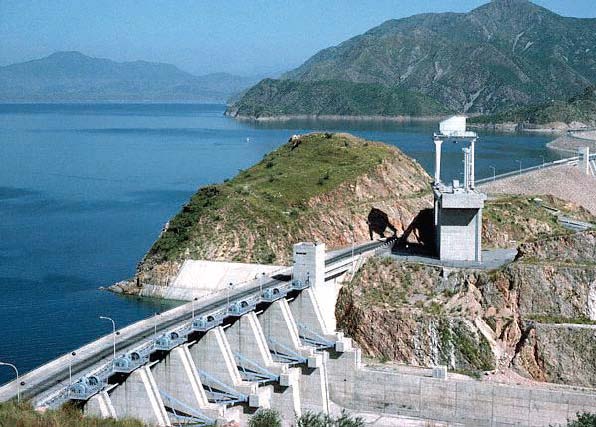
Tarbela Dam is the largest earth-filled dam in the world, and is a major achievement of WAPDA. The dam has a capacity of 14,000MW of electricity and provides irrigation to over 3.5 mn acres of land.
Construction of Mangla Dam
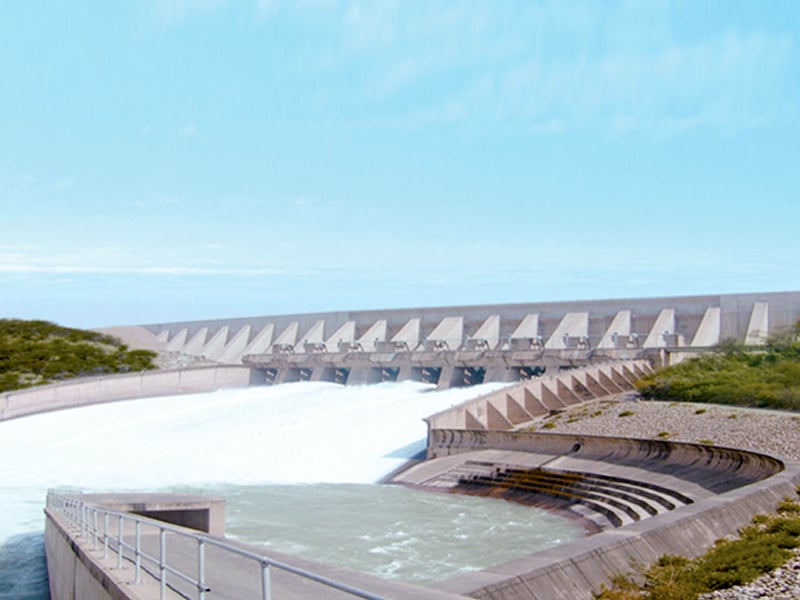
Mangla Dam has a capacity of 1,000 MW of electricity, and provides irrigation to over 2 million acres of land.
Construction of Chashma Barrage
Chashma Barrage has a capacity of 1,000 MW of electricity, and provides irrigation to over 2 million acres of land.
Construction of Warsak Dam
Warsak Dam has a capacity of 240 MW of electricity, and provides irrigation to over 200,000 acres of land.
Increase in Electricity Generation
WAPDA has been able to increase the generation of electricity in Pakistan from 2,500 MW in 1958 to over 14,000 MW in recent years.
Expansion of Transmission and Distribution Network
It has been able to expand the transmission and distribution network in Pakistan, making electricity available to more remote areas of the country.
Development of Renewable Energy Sources
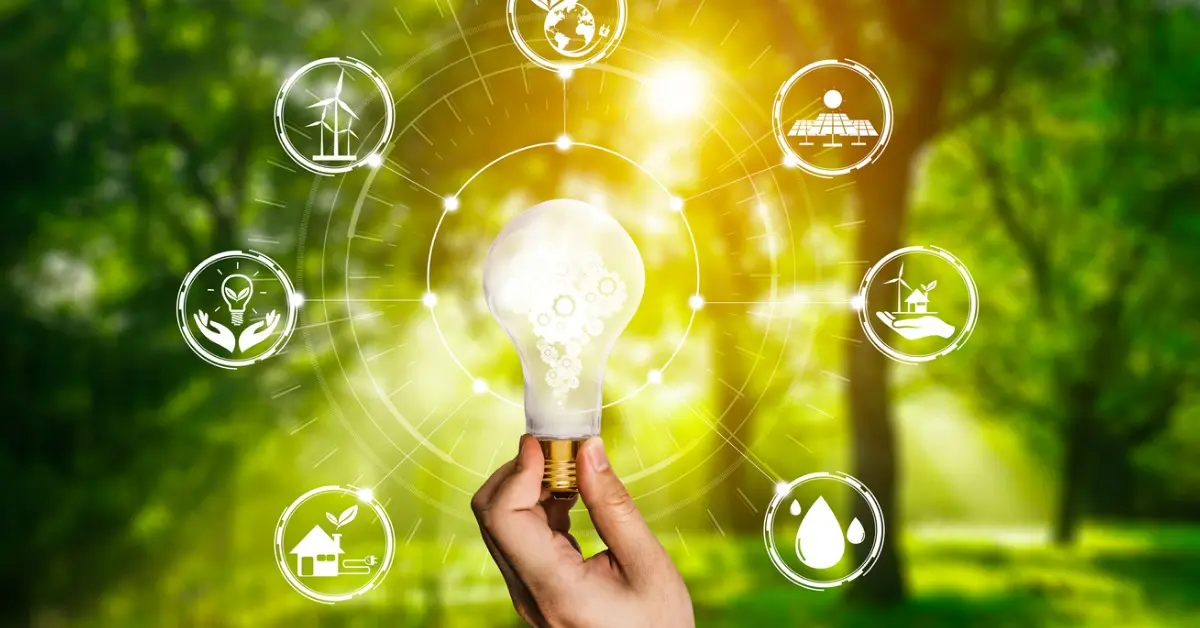
It has been working on the development of renewable energy sources, such as solar and wind power, to diversify the country’s energy mix and reduce dependence on fossil fuels.
Current Challenges and Future Prospects
Despite its achievements, WAPDA still faces several challenges:
Power Generation and Distribution Losses
It has to deal with significant losses in the generation and distribution of electricity, which results in a significant loss of revenue for the organisation.
Limited Resources
It has limited resources, which make it difficult for the organisation to carry out its functions effectively.
Lack of Investment
It also faces a lack of investment.
Ageing Infrastructure
The organisation needs to invest in new infrastructure to carry out its functions effectively.
Electricity Crisis in Pakistan and the Role of WAPDA
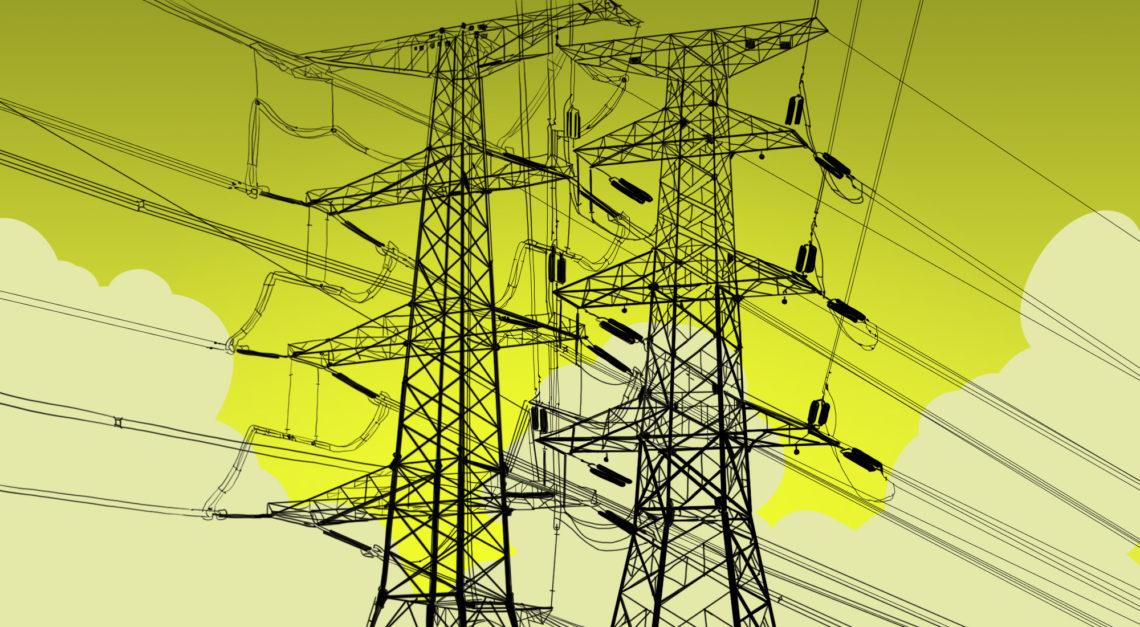
Pakistan has been facing an electricity crisis for several years, with power outages and load shedding becoming a common occurrence. This is caused by a combination of factors, including a lack of investment in the power sector, ageing infrastructure, and a lack of resources. WAPDA is one of the main organisations responsible for the generation and distribution of electricity in the country, and it has been working to address this crisis.
The power sector in Pakistan has been facing a funding issue for several years, with the government struggling to provide the necessary resources for the development and maintenance of power projects. WAPDA has been working to address this issue by seeking funding from international organisations and private investors.
It has also been developing new hydroelectric power plants and dam projects. The organisation is working on several new hydroelectric power projects, including the Dasu Hydropower Project, which is expected to generate 4,320 MW of electricity. It is also working on the construction of new dam projects, such as the Diamer-Basha Dam and the Mohmand Dam, which will help increase the generation of electricity in the country.
For more information, visit Graana.com.
